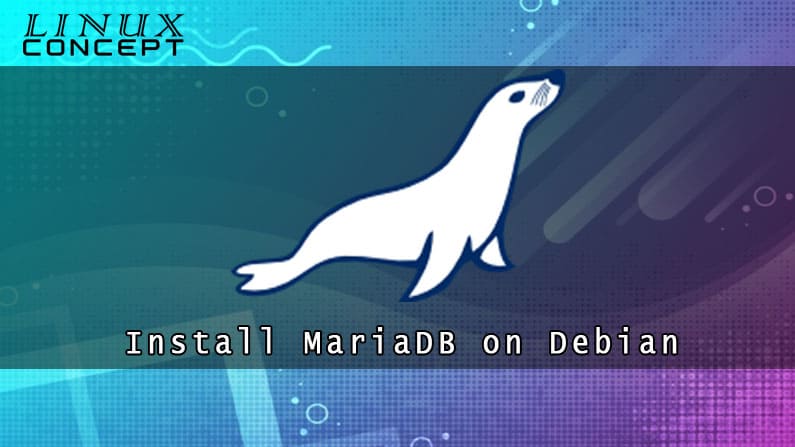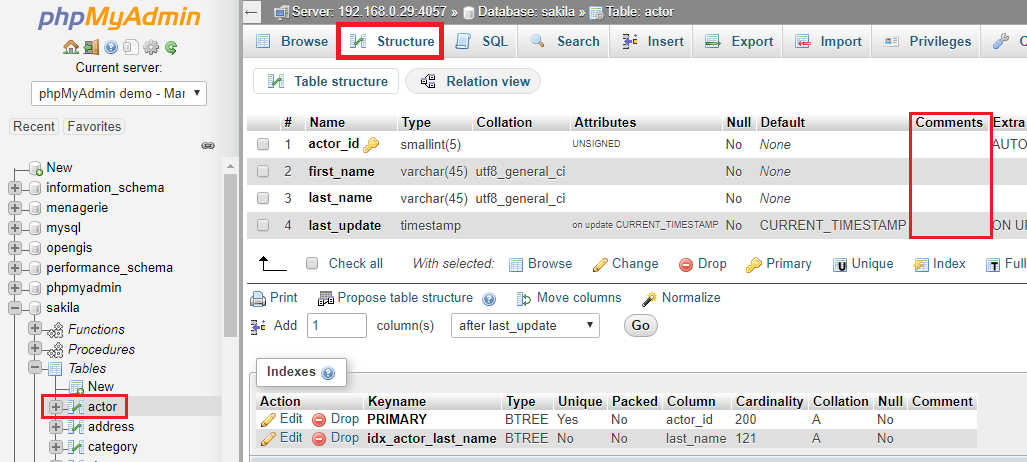

While you can certainly use any of those releases, some users stay on LTS releases only. This is the opposite of the MySQL 8.0 evergreen model, in which new major features and incompatibilities are introduced into the stable release, while still calling it stable.įourth, there is a large batch of new functionality released in MariaDB 10.7, MariaDB 10.8, MariaDB 10.9, MariaDB 10.10 and MariaDB 10.11. Stability means two things: having stable releases in the sense that they are reliable, and not introducing breaking changes in the sense that we don’t introduce new features (and hence new bugs) in bug fix releases. Third, we want to simplify life for our user base, by providing stability to MariaDB users. That said, we are not tying ourselves to one distro, and our attempt for every LTS is to do the best for the largest possible number of distributions. Working with Otto Kekäläinen of Debian, we have timed this release to fulfil the criteria of Debian 12, which will likely also get us into Ubuntu 23.04. Second, we want to do our best to match the release schedule of key Linux distros. Today’s LTS announcement means that we’ve updated the maintenance policy accordingly for MariaDB 10.11, and will enter the exact dates upon GA.

As you can see from the maintenance policy on, MariaDB 10.6 is the latest previously announced LTS, and it is supported from to. That means a much longer lifetime than the one-year time period of, say, MariaDB 10.10. We are announcing MariaDB 10.11 as LTS for a number of reasons:įirstly, the purpose of an LTS is to reassure users – and, in particular, Linux distros – that a certain version will receive regular updates long-term, for the lifetime of their product.

The industry standard term to refer to that concept is LTS (as in long-term support), and we too use this term for the releases that get a significantly longer lifetime of bug fixes. If you want to use XML instead of annotations, add type: xml andĭir: '%kernel.project_dir%/config/doctrine' to the entity mappings in yourĢ8 // src/Controller/ProductController.Important news: MariaDB 10.11, which just was declared RC, is a long-term maintenance version.
Comment mariadb full#
To see a full list, check out Doctrine's Mapping Types documentation.
Comment mariadb update#
But this is your code:Īdd/remove fields, add/remove methods or update configuration.ĭoctrine supports a wide variety of field types, each with their own options. The make:entity command is a tool to make life easier. The # comments that you see above each property: Each property in the ProductĮntity can be mapped to a column in that table. Objects to a product table in your database. And soon, you'll be able to save and query Product " SQLSTATE: Syntax error or access violation:ġ071 Specified key was too long max key length is 767 bytes". That any column of type string and unique=true must set its String columns with 255Ĭharacter length and utf8mb4 encoding surpass that limit. InnoDB tables in MySQL 5.6 and earlier versions. There is a limit of 767 bytes for the index key prefix when using


 0 kommentar(er)
0 kommentar(er)
